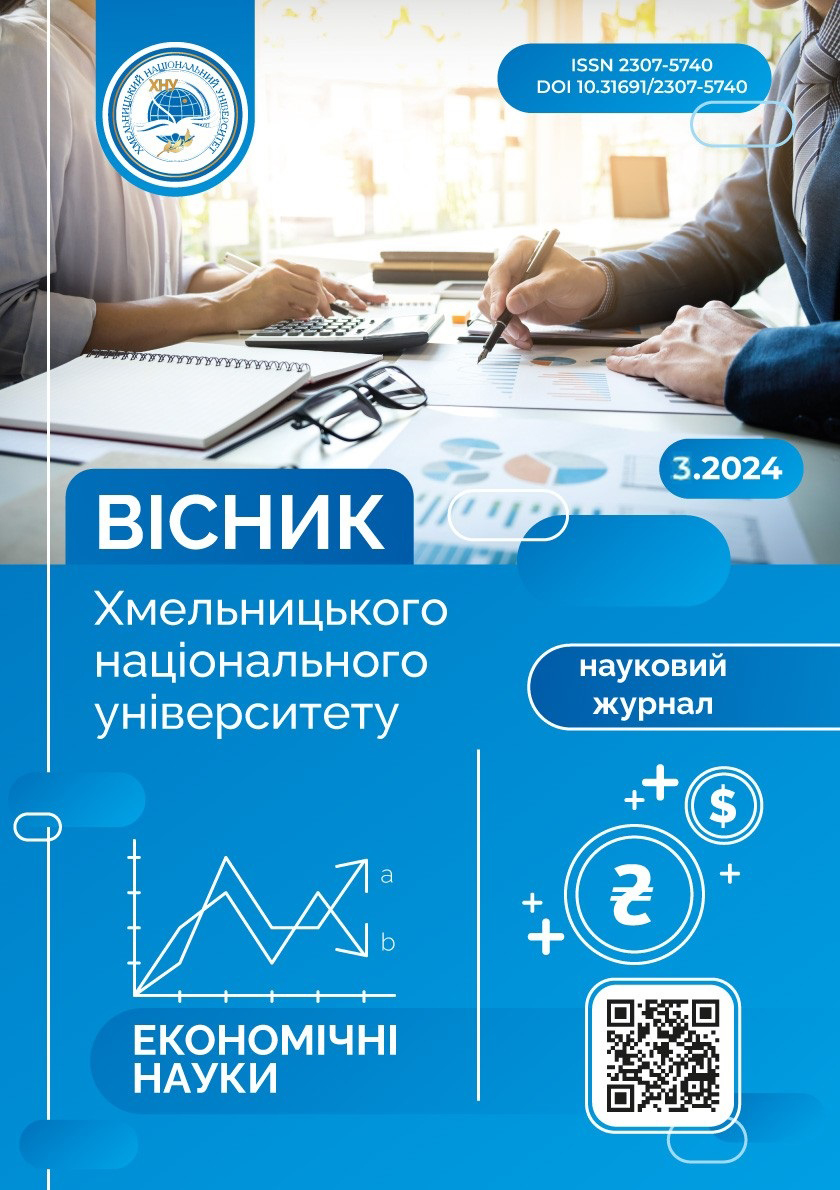INSTITUTIONAL PROVISION FOR THE REGULATION OF CRYPTOASSETS IN THE EUROPEAN UNION
DOI:
https://doi.org/10.31891/2307-5740-2024-330-9Keywords:
MiCA, AMLD5, DeFi, DLT technology, e-money tokens, asset-linked tokens, cryptoassetsAbstract
Study of the peculiarities of the current regulatory framework of the European Union regarding cryptoassets; study of the MiCA Regulation and possible legal gaps; study of the compliance of legislation with the requirements of the digital age and its impact on the introduction of innovative financial instruments based on DLT technology.
The study used general scientific research methods and special methods, in particular: induction and deduction - at the stage of collecting primary data and analysing them, comparative (to compare the provisions of legislation on different types of cryptoassets), abstract and logical - in the process of formulating conclusions, descriptive and analytical, creative and critical, and economic analysis.
The article examines the prerequisites for the emergence of legal regulation of cryptoassets in the European Union. The author analyses the main current EU document on cryptoassets - EU Regulation 2023/1114 (MiCA), which will come into full force on 30 December 2024. The main categories of cryptoassets that fall under the Regulation and additional special requirements of the regulator for some of them are revealed. The author identifies legal gaps in the current Regulation and focuses on the categories of cryptoassets that are not subject to the MiCA Regulation. The author determines the breadth of powers of the competent authorities to restrict the issuance of tokens in case of a threat to the EU monetary policy and financial stability.
The main provisions of the legal and regulatory framework for cryptoassets in the European Union are determined. The types of cryptoassets that are not subject to the MiCA Regulation are identified. The main legal gaps in the existing legislation on NFT and DeFi are indicated. Positive aspects of the legislation in the area of protection of the rights of private and institutional investors are noted.
The main provisions of the article can be used by crypto asset service providers to make the necessary changes to their business models to comply with the requirements of the Regulation, which will fully come into force on December 30, 2024. Based on this study, token issuers can edit their own white papers and submit them to the competent authorities with an application for permission to continue operating. Business entities from different countries can use the results of the study to prepare their business model for the legal requirements of the MiCA Regulation in order to operate in the EU market. The results of the study may serve as a basis for further research and be used to harmonize Ukrainian legal norms with European ones.


